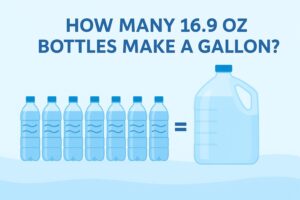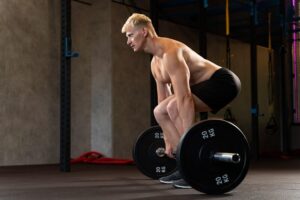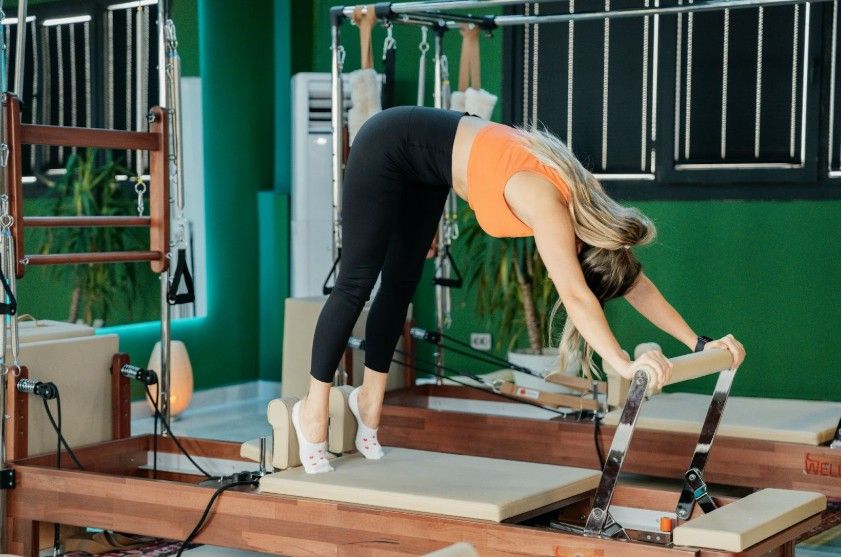
The first time I walked into a Pilates studio, I was more worried about my outfit than the workout. Was I too dressed up? Too casual? Would my leggings get caught in the reformer? If you’re asking yourself what to wear to Pilates, you’re in good company. Your clothes don’t just make you look the part—they help you move safely, follow instructor cues, and stay comfortable through every roll-up and teaser.
Here’s your straight-to-the-point style guide so you can walk in feeling confident and walk out feeling accomplished.
What to Wear to Pilates: The Essentials by Class Type
Different formats = slightly different wardrobe rules. Use this as your baseline.
Mat Pilates (studio floor or gym room)
- Top: Fitted tank or short sleeve. You’ll be upside down and twisting; loose tees migrate.
- Bottoms: High-rise leggings or bike shorts long enough not to roll.
- Feet: Barefoot or light grip socks if the floor is slick.
Reformer / Tower
- Top: Body-hugging tank or unitard; instructors need to see your ribs and pelvis for cueing.
- Bottoms: Seamless or flat-seam leggings (7/8 or full length). Nothing that can catch on rails.
- Feet: Grip socks are usually required for traction and hygiene.
Megaformer / Heated or Athletic-Style Pilates
- Top: Moisture-wicking, compressive tanks.
- Bottoms: Leggings with higher compression to control slide on carriage; avoid cotton.
- Feet: Grip socks with full-sole patterns for aggressive lunges and holds.
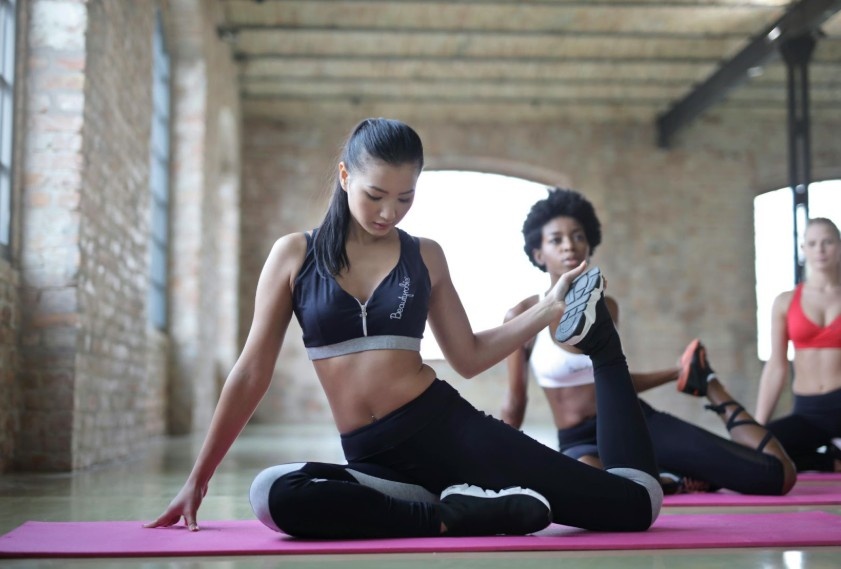
Pro tip: Call your studio or check their website—many explicitly require grip socks and ask you to avoid hardware that can scratch upholstery.
Grip Sock Studio Policy Quick Table
Many first-timers don’t realize grip socks aren’t just a suggestion—they’re often a studio rule. Here’s how some major U.S. chains handle it:
| Studio | Grip Socks Required? | Notes |
| Club Pilates | Yes | Must have closed-toe grips |
| Solidcore | Yes | Full-sole grip socks preferred |
| Bodyrok | Yes | Purchase on-site if needed |
| Lifetime Pilates | Optional | Recommended for reformer |
| Equinox Pilates | Optional | Required in some locations |
Tops, Bras, Bottoms: What Actually Feels Good in Class
Now that you know the basics for each class type, let’s zoom in on individual pieces so you can mix and match like a pro.
Tops that stay put
Look for fitted tanks with wide straps or racerbacks. Cropped is fine if it meets your waistband; gapping tops ride up during roll-downs. Long sleeves work in winter, but choose thin, stretchy knits that don’t bunch at the elbows.
Sports bras that support (without overkill)
Pilates is low-impact, but you’ll flex, extend, and rotate. A medium-support bra with a smooth band prevents pinching during supine work. If you prefer a one-and-done solution, a built-in bra unitard is shockingly practical.
Bottoms that won’t fight you
High-rise, squat-proof leggings are the gold standard. Aim for a 7/8 length so cuffs don’t snag the springs or wheels. Shorts are fine on the mat; for reformer, choose bike shorts with a 6–8 inch inseam to avoid hem creep on the carriage.
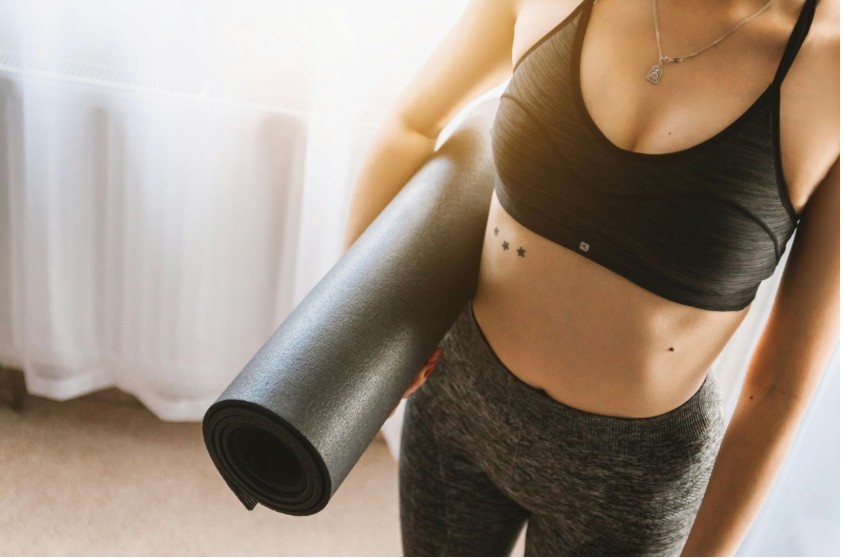
Fabrics & Fit: Stay Cool, Dry, and Confident
Your outfit’s performance depends just as much on the fabric as it does on the cut—let’s make sure you choose well.
Fabric science made simple
- Nylon/Spandex: Soft, stretchy, and durable—great for reformer.
- Polyester/Spandex: Best sweat management and fast drying—clutch for heated rooms.
- Avoid heavy cotton: It soaks, stretches out, and increases friction on carriages.
Compression & opacity
Moderate compression helps proprioception (you feel your form). Do a quick bend test at home. If you can see tags or prints through fabric under bright light, choose a thicker knit or darker color.
Do You Need Grip Socks for Pilates?
Short answer: Yes for most reformer studios, optional for mat. Grip socks improve stability in standing work, prevent slipping on the footbar, and protect shared equipment. Choose full-sole grips, snug heels, and a breathable knit. If you run cold, toeless versions keep traction while letting toes spread.

Safety & Comfort: Little Details That Matter
Even the best outfit can cause issues if it clashes with the equipment or the workout flow—so a few tweaks go a long way.
Skip the scratchy stuff
No zippers, snaps, or metal—they can tear vinyl and bruise you on the carriage. Remove dangly jewelry and watches.
Hair & accessories
Wear a low bun or low pony so your head rests flat on the headrest. Hard claw clips and high buns dig into your skull during supine work.
Layering and climate
Studios can feel cool at the start and warm fast. Bring a thin wrap or cropped zip-free layer you can peel off after your first block.
Pilates Outfit Essentials
| Class Type | Top Choice | Bottoms | Feet | Key Notes |
| Mat Pilates | Fitted tank or short sleeve | High-rise leggings or bike shorts | Barefoot or grip socks | Avoid baggy tees |
| Reformer/Tower | Body-hugging tank or unitard | Seamless 7/8 leggings | Grip socks required | No zippers/snaps |
| Megaformer/Heated | Moisture-wicking tank | High-compression leggings | Full-sole grip socks | Avoid cotton |
Budget, Body Types & Sustainability: Smarter Shopping
Style and comfort don’t have to cost a fortune—these strategies make your Pilates wardrobe work harder.
Good–Better–Best kits
- Good (starter): Basic nylon/spandex set, medium-support bra, entry grip socks.
- Better (most people): Compression leggings, ribbed or brushed tank, structured bra, premium grips.
- Best (invest): Unitard with built-in bra + lightweight shrug, seamless high-compression leggings for rotation-heavy classes.
Fit notes by concern
- Tummy support: High-rise waist with bonded waistband; unitards smooth lines.
- Thigh chafe: 7/8 leggings or longer bike shorts with flat seams.
- Tall/short inseams: 25–28″ inseam fits most; look for brands offering short/petite or tall variants.
Sustainable ideas
Shop end-of-season colors, outlet sections, or reputable resale (Poshmark, Mercari). Performance knits hold up well secondhand—just check elasticity.
FAQs: Quick Answers to Common Search Questions
1. Can you wear shoes to Pilates?
Typically, no. Pilates is performed barefoot or in grip socks to improve foot articulation and traction. Shoes add bulk, reduce feel, and can damage equipment. If you have a medical need, ask the studio about clean indoor shoes or alternatives.
2. Are shorts OK for Pilates?
Yes on the mat, maybe on reformer. If you choose shorts, go for bike-length with compressive fabric so the hem doesn’t roll during hamstring work or slide on the carriage. Many people prefer leggings for reformer days.
3. What should I not wear to Pilates?
Avoid baggy tops, low-rise pants, cotton-heavy fabrics, and any hardware (zippers, snaps, belts). Skip lotions or body oils before class—they make equipment slippery and hard to sanitize.
4. Do I need a sports bra for Pilates?
If you’re comfortable without one, a supportive tank might suffice, but most people like a medium-support bra or a unitard with built-in support for confident movement through inversions and side-lying work.
Strong Finish: Your First-Class Outfit Plan
You asked what to wear to Pilates, and here’s your ready-to-go kit: a fitted moisture-wicking tank (or supported unitard), high-rise squat-proof leggings, a medium-support bra, and grip socks for any reformer or megaformer session. Keep hardware off your clothes, hair low and secure, and bring a light, zip-free layer. With an outfit that moves with you and keeps you safe, you’ll focus less on fidgeting and more on form—exactly where progress happens.

